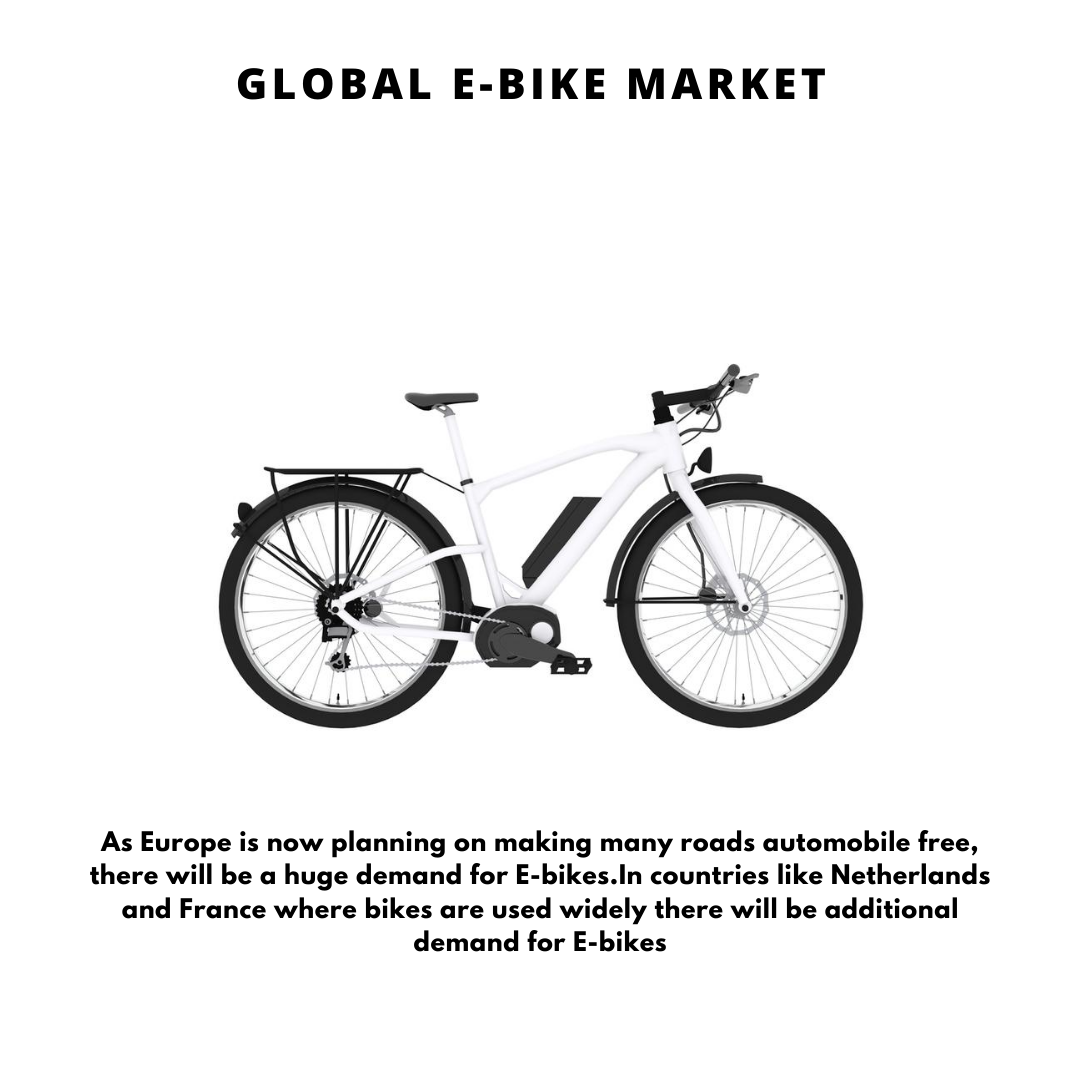Recognizing E-Bike Rules And Regulations: A Beginner'S Handbook For Your City
Recognizing E-Bike Rules And Regulations: A Beginner'S Handbook For Your City
Blog Article
Content By-Perkins Chang
Prior to you get on your e-bike and struck the streets, it's crucial to understand the laws and regulations that govern your city. From rate restrictions to marked riding areas, there's a whole lot to think about to guarantee you're certified and safe. By familiarizing yourself with the regulations specific to e-bikes, you'll be better furnished to enjoy your trips with no unexpected legal issues. Remain tuned to uncover key insights that will assist you navigate the e-bike landscape in your city seamlessly.
Recognizing E-Bike Classification
When it comes to navigating the realm of e-bike regulations and laws, an essential beginning factor is recognizing the classification system that classifies these electrical bikes. E-bikes are usually identified into three main categories: Class 1, Class 2, and Course 3.
Class 1 e-bikes are pedal-assist just, indicating they offer help while the biker is pedaling and have a maximum speed of 20 miles per hour. These bikes are admitted areas where typical bikes are permitted.
cruiser bicycle for men -bikes are furnished with a throttle that can move the bike without pedaling. They additionally have a maximum speed of 20 miles per hour and appropriate for motorcyclists who might need assistance without pedaling continuously.
Course 3 e-bikes are similar to Class 1 but with a greater maximum speed of 28 mph. These bikes are frequently restricted from certain bike courses or trails because of their higher speeds.
Comprehending these categories is crucial for abiding by regional laws and making certain a secure and pleasurable e-biking experience.
Navigating Speed Limits and Restrictions
To properly navigate e-bike laws and policies, it's critical to comprehend the speed restrictions and constraints that put on different classes of electric bikes.
Speed limits for e-bikes vary depending on the category of the bike. Class 1 e-bikes, which are pedal-assist only and have a maximum speed of 20 mph, are normally enabled on bike lanes and paths.
Course 2 e-bikes, which have a throttle in addition to pedal-assist and likewise get to rates of approximately 20 mph, may be limited in certain areas where motorized vehicles aren't allowed.
Class 3 e-bikes, with pedal-assist approximately 28 mph, are generally needed to adhere to the exact same policies as standard bicycles.
It is necessary to abide by these rate limits and restrictions to guarantee your security and the safety and security of others on the road. Prior to riding your e-bike, acquaint yourself with the particular regulations in your city to avoid any type of potential fines or lawful concerns.
Where to Ride Your E-Bike
To figure out where you can ride your e-bike, it's important to understand the policies and guidelines specific to your area. In most areas, e-bikes are commonly allowed on roads and roads where typical bicycles are permitted. This may consist of bike lanes, bike paths, and shared streets. However, it's important to check local regulations as some cities might have specific limitations on where e-bikes can be ridden.
When riding your e-bike, constantly focus on security by complying with traffic policies and valuing pedestrian pathways. Furthermore, be mindful of any kind of assigned bike lanes or courses in your area and utilize them whenever feasible to make certain a smoother and safer experience.
Some cities likewise have regulations relating to e-bike use on sidewalks, so ensure to familiarize yourself with these rules to prevent any penalties or charges.
Conclusion
Now that you're familiar with the legislations and laws surrounding e-bikes in your city, you can confidently hit the road understanding where you can ride and what constraints relate to your e-bike category. Remember to constantly focus on security and follow the regulations to make certain a smooth and lawful experience. Happy riding!
